Tracing the Footsteps of Dynasties at the Houma Jinguo Ruins
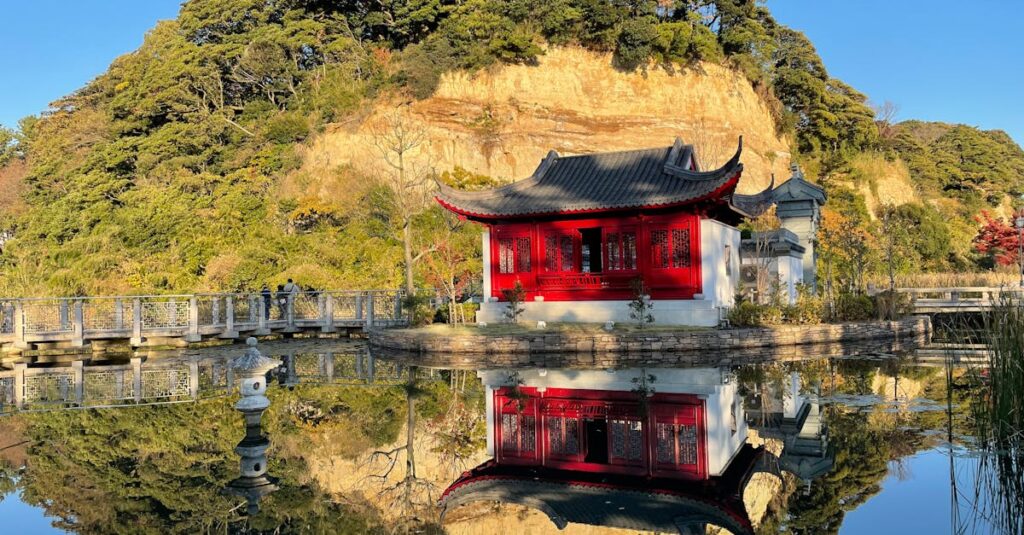
An Essential Guide to Visiting Houma Jinguo Ruins
In This Guide
- An Essential Guide to Visiting Houma Jinguo Ruins
- The Rich History and Legends of Houma Jinguo Ruins
- Main Highlights: What You Absolutely Can’t Miss
- Planning Your Visit: A Practical Guide
- Tickets: Prices, Booking, and Tips
- How to Get There: A Complete Transportation Guide
- Local Cuisine and Accommodation Nearby
- Frequently Asked Questions
- Final Thoughts on Your Trip
Visiting the remnants of ancient civilizations can feel like stepping into a time machine, and the Houma Jinguo Ruins (侯马晋国遗址) offer one of the most fascinating glimpses into China’s historical tapestry. Nestled in the southern part of Shanxi Province, this archaeological site is a treasure trove of artifacts and stories from the Jin State, a significant power during the Spring and Autumn Period (770-476 BCE).
As you traverse the sprawling grounds of the ruins, you will encounter not only the remains of royal tombs and ancient structures but also the echoes of a time when the Jin State played a pivotal role in shaping Chinese history. The site, which covers an impressive area of nearly 11 square kilometers, has yielded over a thousand tombs, offering a wealth of artifacts that reflect the cultural and political dynamics of the era.
What to Expect
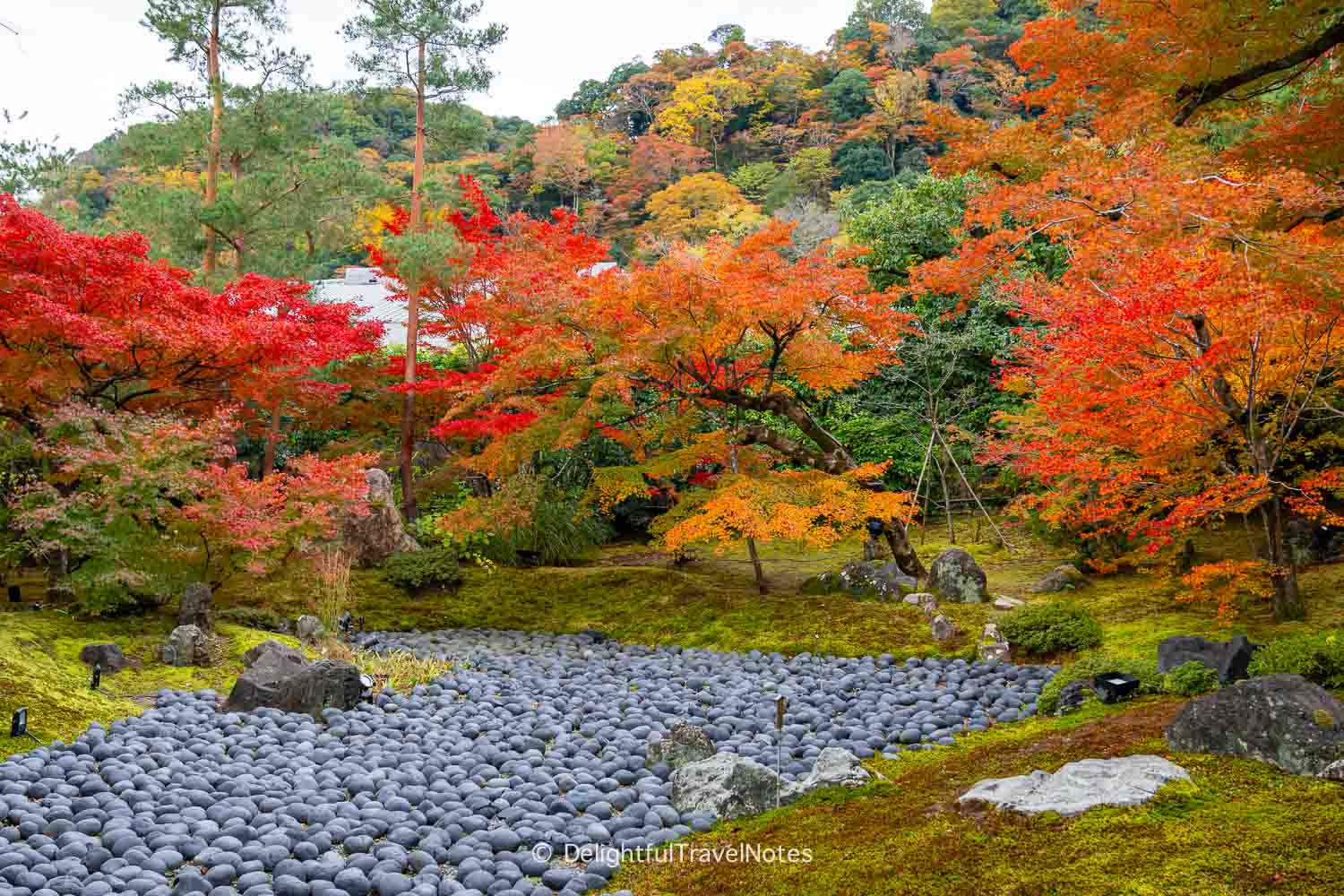
Houma Jinguo Ruins.
-
Rich Historical Context: The Jin State was one of the Five Hegemons of its time, with a lineage of 38 monarchs spanning more than 660 years. The remains and relics you will see here are not just remnants of the past; they embody the evolution of governance, society, and culture in ancient China.
-
Unique Archaeological Findings: The site is renowned for its large-scale excavations, which have produced remarkable discoveries such as intricate pottery, ceremonial vessels, and even chariot pits. These artifacts provide invaluable insights into the customs, beliefs, and technological advancements of the Jin people.
-
Stunning Landscape: The ruins are set against the backdrop of the picturesque Shanxi landscape, making your visit not only an educational experience but also a visual delight. The area is tranquil, allowing for reflection on the grandeur of the Jin State and the lives of those who walked these grounds centuries ago.
Visiting Details
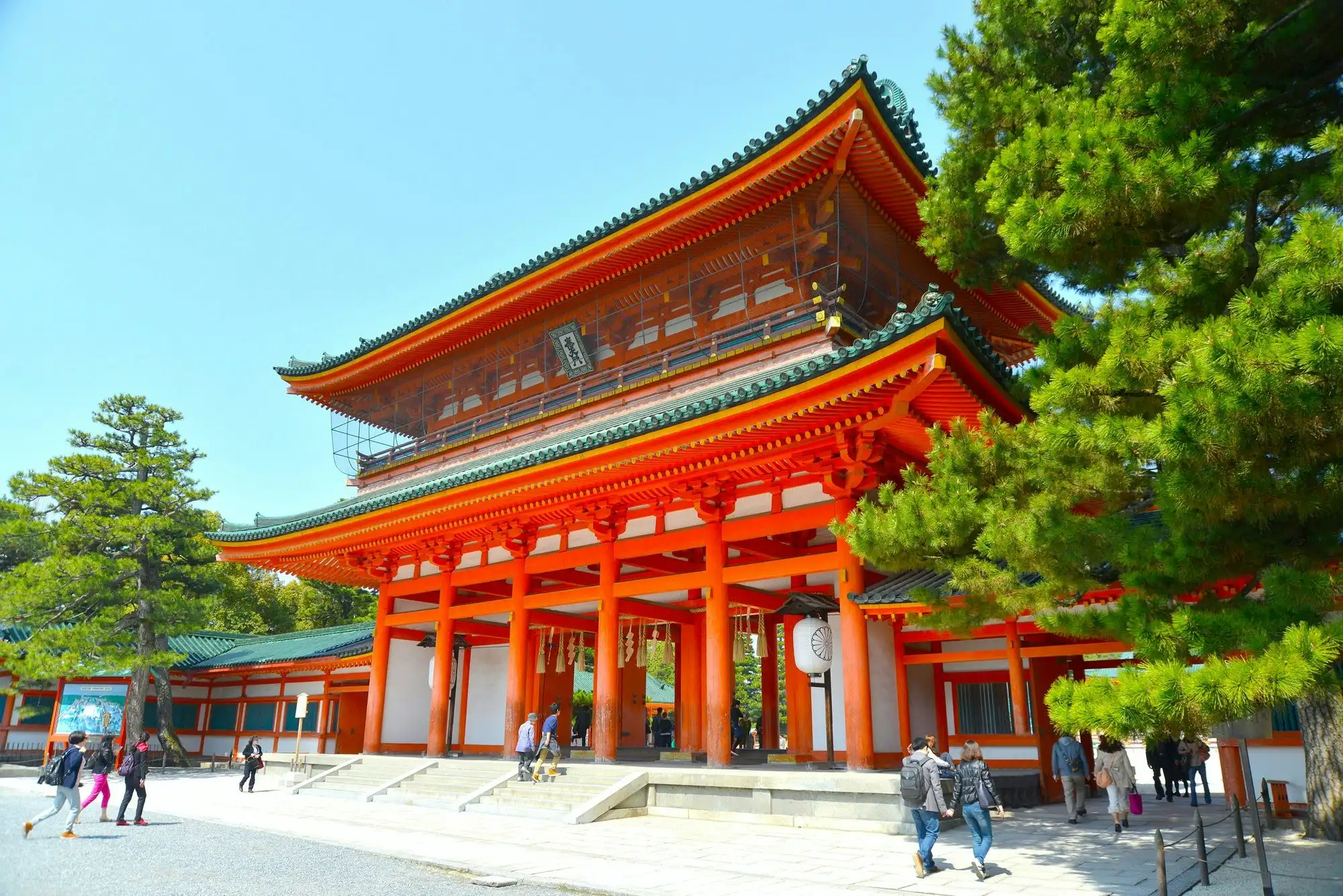
Houma Jinguo Ruins.
-
Opening Hours: The site is open daily from 8:30 AM to 6:00 PM, making it accessible for both early risers and leisurely visitors.
-
Location: The Houma Jinguo Ruins are located northwest of Houma city, easily reachable from nearby towns like Linfen and Quwo, which also boast their own historical significance.
-
Nearby Attractions: Enhance your visit by exploring nearby sites such as the Jin Dynasty Brick Grave and the Jin State Museum, where further treasures from the Jin State are displayed.
As you wander through the Houma Jinguo Ruins, allow yourself to be transported back to an era of power struggles, cultural flourishing, and the intricate tapestry of human history. This site is not just an archaeological wonder; it is a testament to the enduring legacy of one of China’s most influential states. So pack your curiosity and get ready to uncover the secrets of the past in this captivating corner of Shanxi.
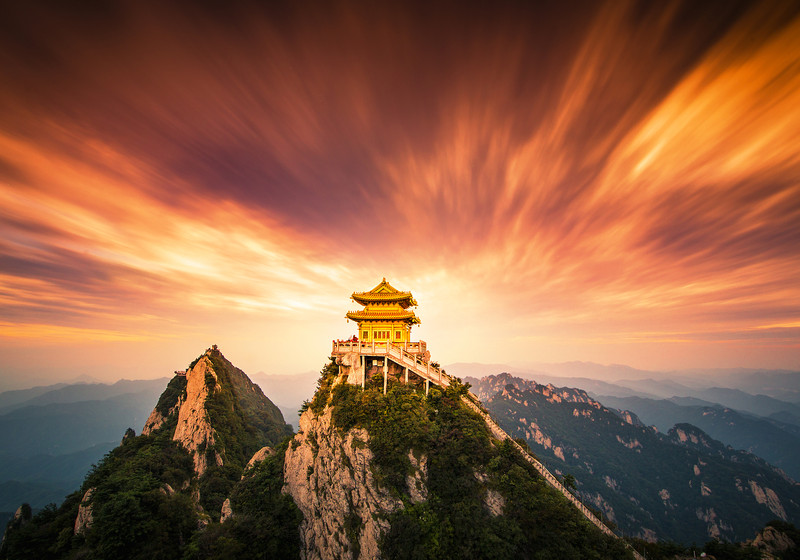
Houma Jinguo Ruins.
The Rich History and Legends of Houma Jinguo Ruins
Unearthing the Legacy of Jin State at Houma Jinguo Ruins
Nestled in the heart of Shanxi province, the Houma Jinguo Ruins serve as a poignant reminder of China’s rich historical tapestry. This archaeological site, once the thriving capital of the ancient Jin State, unveils centuries of stories, intricate legends, and the cultural evolution that shaped one of the most significant dynasties during the Spring and Autumn Period.
Historical Significance
The Jin State, one of the five hegemons of ancient China, played a crucial role in the political landscape from the 8th to the 5th century BCE. With over 38 monarchs ruling for more than 660 years, Jin’s influence permeated through various aspects of Chinese civilization, including politics, warfare, and culture. The Houma Jinguo site is a testament to this vibrant history, where an extensive area of approximately 11 square kilometers showcases the remnants of royal tombs, chariot pits, and various artifacts that narrate the grandeur of the Jin dynasty.
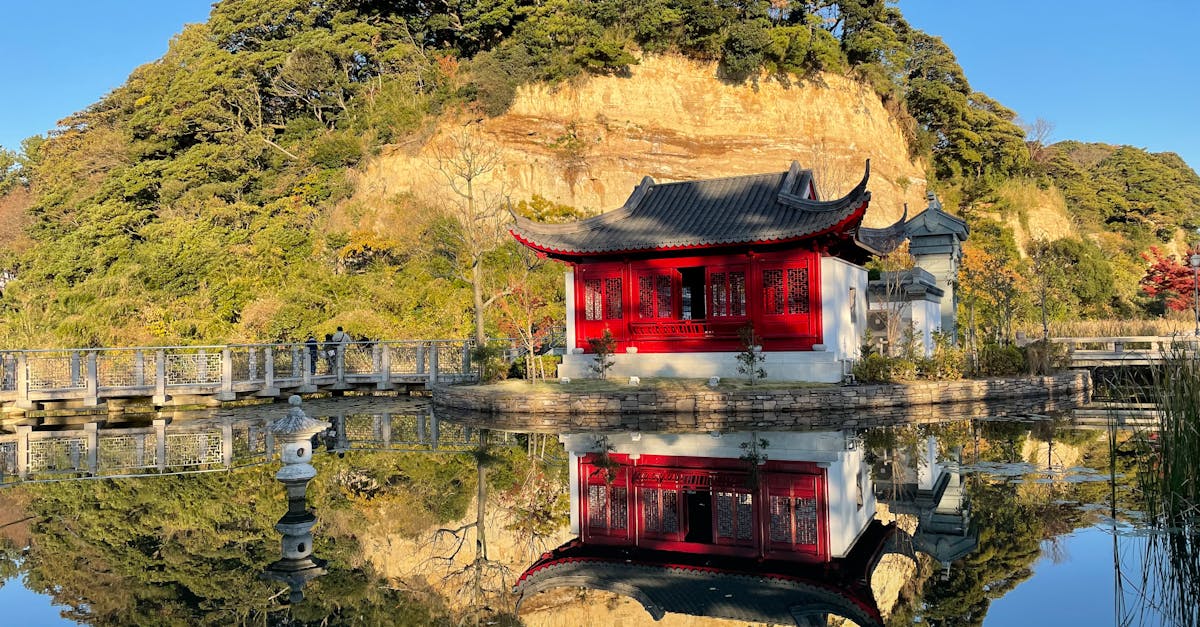
Houma Jinguo Ruins.
Recent excavations have revealed more than 1,000 tombs, including those of early Jin monarchs and their consorts. The discovery of significant artifacts, such as the Bird Zun and the Chariot and Horse Pit of Jin Xianhou Su, reinforces the site’s importance in understanding the evolution of Chinese burial practices and the socio-political hierarchies of the time.
Legends and Myths
The legends surrounding the Jin State are as compelling as its archaeological finds. One of the most enduring tales is that of Wen Gong, a ruler celebrated for his wisdom and benevolence. According to local lore, Wen Gong was known to seek counsel from his advisors and was determined to unify the disparate tribes within his territory. His efforts are said to have led to the Jin State’s golden age, a period marked by prosperity and cultural flourishing.

Houma Jinguo Ruins.
Another captivating legend speaks of the Three Families that eventually divided the Jin State. This myth illustrates the complexities of power and allegiance, showcasing how familial ties can both unite and fracture a kingdom, a theme that resonates throughout Chinese history.
Cultural Heritage
Visiting the Houma Jinguo Ruins offers travelers a unique opportunity to engage with China’s ancient past. The site is complemented by the Jin State Museum in nearby Qucun Town, which houses a vast collection of artifacts unearthed from the ruins. This museum serves not only as a repository of Jin culture but also as a platform for education about the region’s archaeological significance. Visitors can explore exhibitions that delve into the history of the Jin State, the excavation processes, and the cultural relics that chronicle major events in ancient Chinese history.
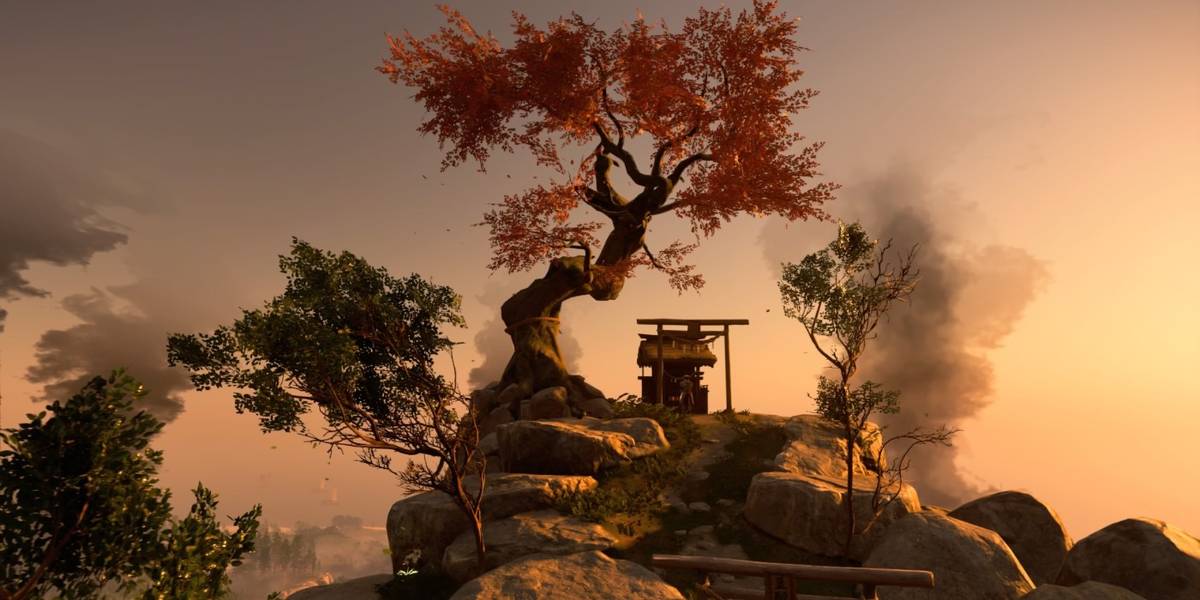
Houma Jinguo Ruins.
Practical Information for Travelers
For those eager to explore this historical treasure, the Houma Jinguo Ruins is open daily from 8:30 AM to 6:00 PM. While the site may not yet be on the radar of many international travelers, its allure lies in its authenticity and the depth of its history. Nearby attractions, such as the Linfen Jin Ancient City Ruins and the Jin Dynasty Brick Grave, further enrich your journey through this storied land.
In summary, the Houma Jinguo Ruins and the legends of the Jin State encapsulate a vital chapter in the narrative of Chinese civilization. As you walk through the remnants of this ancient kingdom, you’ll find that each stone and artifact whispers tales of glory, struggle, and the indomitable spirit of a people who laid the groundwork for the China we know today.
Main Highlights: What You Absolutely Can’t Miss
Discover the Unmissable Highlights of Houma Jinguo Ruins
As you step into the world of the Houma Jinguo Ruins, prepare for an enchanting journey through one of the most significant archaeological sites linked to the ancient Jin State. Nestled in Shanxi Province, this site is not only a treasure trove of history but also an essential stop for any traveler eager to explore the depths of Chinese civilization. Here are the main highlights that you absolutely cannot miss during your visit:
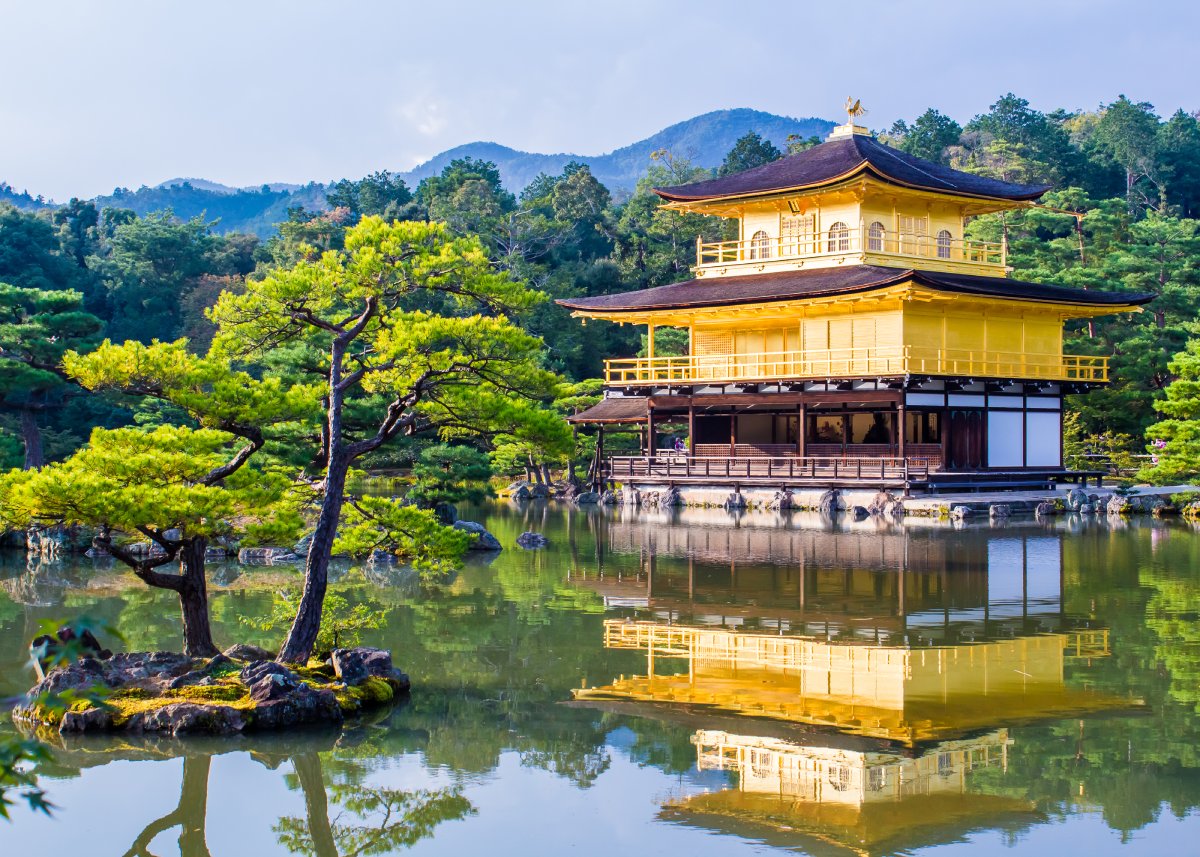
Houma Jinguo Ruins.
1. The Ancient Tombs of Jin Hou
One of the most compelling features of the Jinguo Ruins is the extensive necropolis, which includes the tombs of Jin Hou (the kings of the Jin State) and their consorts. Excavations have revealed over 800 tombs from the Zhou Dynasty, showcasing intricate burial practices and rich artifacts. The tombs are a testament to the social and political complexity of the Jin State, making them a must-see for history buffs.
2. Jin State Museum
Located conveniently near the ruins, the Jin State Museum is the first site museum in Shanxi dedicated to Jin culture. This modern museum houses a remarkable collection of artifacts uncovered from the excavations, including the Bird Zun and the Rabbit Zun, both exquisite relics from the Western Zhou Dynasty. The museum offers three main exhibition halls that delve into the history of the Jin State, the archaeological efforts behind the discoveries, and the significance of the site itself. Plan to spend 2-3 hours here to fully absorb the wealth of information and captivating displays.
3. Cultural Relics and Artifacts
The Jinguo Ruins are renowned for their archaeological finds, including gold and bronze items, pottery, and ceremonial vessels. Noteworthy is the Chariot and Horse Pit of Jin Xianhou Su, the largest of its kind discovered in China, which provides insights into the military and ceremonial practices of the time. Each artifact tells a story, reflecting the rich tapestry of Jin history and its impact on Chinese civilization.
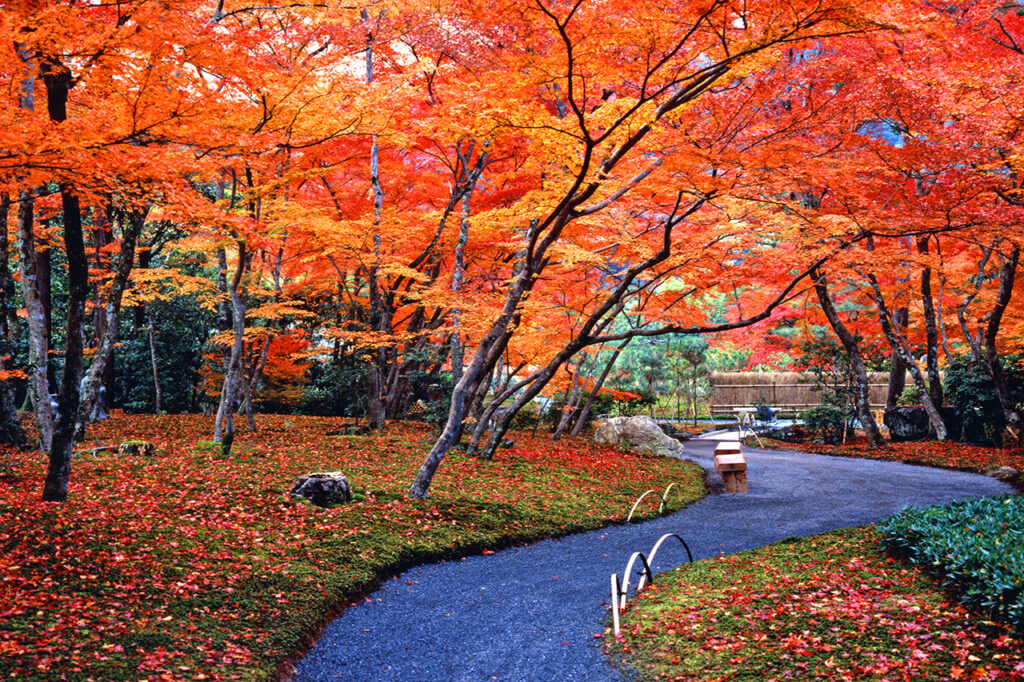
Houma Jinguo Ruins.
4. The Excavation Sites
Witness firsthand the areas where archaeologists have painstakingly unearthed treasures from the past. The site spans an impressive 11 square kilometers, with evidence of continuous excavation since the 1990s. The sheer scale of the site and the ongoing research efforts highlight the importance of the Jin State in ancient China. Strolling through these excavation areas allows visitors to appreciate the meticulous work that has brought this ancient civilization back to life.
5. Scenic Surroundings
The Houma Jinguo Ruins are set against a backdrop of stunning natural beauty, with lush hills and the tranquil Fu River nearby. Take some time to explore the surrounding area, which offers picturesque views and opportunities for reflection on the rich cultural heritage of the region. The blend of historical significance and natural splendor makes for an unforgettable experience.
6. Accessibility and Visitor Information
The site is open daily from 8:30 AM to 6:00 PM, making it accessible for visitors to enjoy the ruins at their leisure. Ensure you check the local transport options from nearby cities like Linfen and Yuncheng for convenient access to this historical gem.
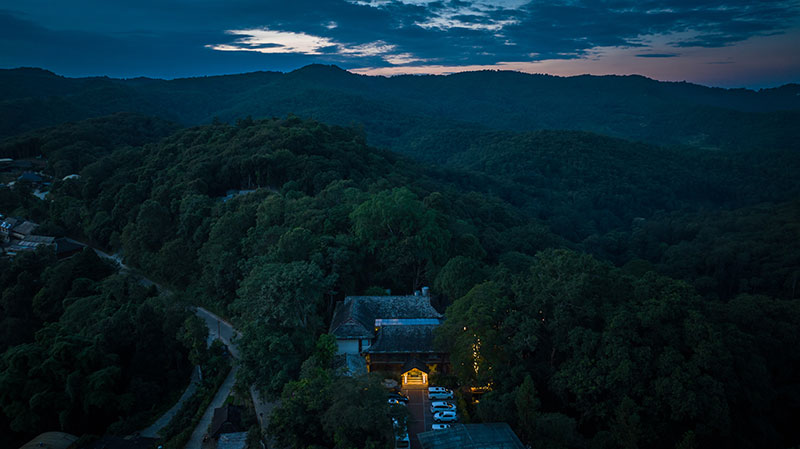
Houma Jinguo Ruins.
Final Thoughts
When visiting the Houma Jinguo Ruins, immerse yourself not just in the sights, but in the stories of a bygone era that shaped the evolution of Chinese culture. Whether you are an avid historian or a casual traveler, the combination of archaeological wonder and cultural richness here is an experience that will stay with you long after your visit. Don’t forget to capture your journey through this ancient land, as it is a chapter of history that continues to influence the present.
Planning Your Visit: A Practical Guide
Essential Information for Visiting the Houma Jinguo Ruins
As you embark on a journey to the Houma Jinguo Ruins (侯马晋国遗址), you’re stepping into a treasure trove of Chinese history, deeply intertwined with the legacy of the Jin State. Located in Shanxi Province, this site is a must-visit for those passionate about ancient cultures and archaeological marvels.
Location and Access
The Houma Jinguo Ruins are situated northwest of Houma city. This historical site is easily accessible via local transportation options like buses or taxis, making it convenient for international travelers. The specific address is:

Houma Jinguo Ruins.
Houma Jinguo Site, Northwest of Houma, 043000, China
Opening Hours
The site welcomes visitors throughout the week, with the following hours:
- Monday to Sunday: 8:30 AM – 6:00 PM
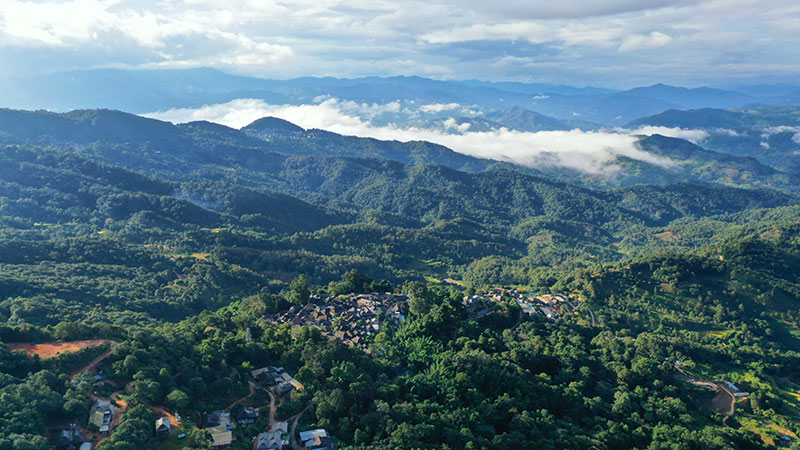
Houma Jinguo Ruins.
Make sure to plan your visit accordingly, as the site closes for the day at 6 PM. Arriving earlier will give you ample time to explore the fascinating history it has to offer.
Ticketing Information
While specific ticket prices are not mentioned, typical entry fees for archaeological sites in China range from 20 to 50 yuan. It’s advisable to carry cash, as some places may not accept cards. Always check for the latest information upon arrival, as ticketing policies can change.
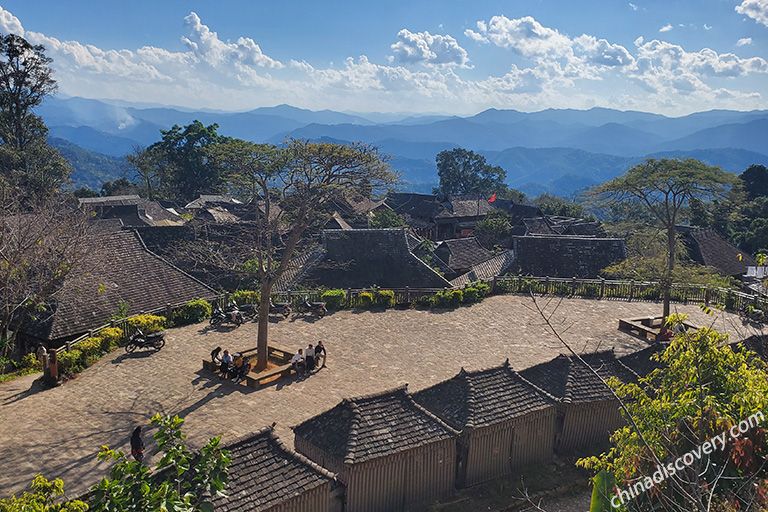
Houma Jinguo Ruins.
Recommended Duration of Visit
To fully appreciate the depth of history and the archaeological significance of the site, allocate at least 1 to 2 hours for your visit. This timeframe will provide enough opportunity to explore the ruins and absorb the stories they tell about the Jin State and its rulers.
Nearby Attractions
There are several notable attractions close to the Houma Jinguo Ruins that can enrich your historical exploration:
- JinDu WenHua FengQing Jie (0.3 mi): A cultural street showcasing local architecture and shops.
- Linfen Jin Ancient City Ruins (1 mi): Explore remnants of ancient city walls and structures.
- Jin Dynasty Brick Grave (1.4 mi): A fascinating historical site that offers insight into burial practices of the Jin Dynasty.
Dining Options
While visiting, you might want to grab a bite. One popular option nearby is:
- U.B.C. Coffee (2.6 mi away): A cozy spot for refreshments and light meals, perfect for a break during your explorations.
Travel Tips
- Language: While basic English may be understood in tourist areas, learning a few phrases in Mandarin can enhance your experience and interaction with locals.
- Weather: Check the local weather forecast ahead of your visit, as Shanxi Province can experience significant temperature changes.
- Cultural Respect: As you explore, remember to respect the historical significance of the site by adhering to posted guidelines and refraining from touching artifacts.
Final Thoughts
Visiting the Houma Jinguo Ruins is not just a trip back in time; it’s an opportunity to connect with the foundational narratives of Chinese civilization. With its rich history and archaeological significance, this site promises an enlightening experience for all who venture to uncover the secrets of the Jin State. Prepare yourself for a journey through one of China’s most fascinating historical landscapes!
Tickets: Prices, Booking, and Tips
When planning your visit to the Houma Jinguo Ruins, understanding the ticketing process, pricing, and some helpful tips can enhance your experience at this historical site. Here’s what you need to know:
Ticket Information
-
Price: The entrance fee for the Houma Jinguo Ruins is approximately 50 yuan (around $7 USD) per person. This modest fee grants you access to the site and its numerous displays that showcase the rich history of the Jin State.
-
Discounts: Admission is free for seniors aged 60 and above, making it an excellent opportunity for older travelers to explore China’s ancient heritage without cost.
-
Booking: Tickets can typically be purchased on-site. However, during peak tourist seasons or special events, it is advisable to arrive early or check if advance booking is available through local tourist websites.
Visiting Hours
- Opening Hours: The site is open daily from 8:30 AM to 6:00 PM. It’s important to note that ticket sales usually conclude at around 5:00 PM, so plan your visit accordingly.
Tips for Your Visit
-
Recommended Duration: Allocate 2 to 3 hours for your visit to fully immerse yourself in the historical context and explore the various exhibitions.
-
Adjacent Attractions: After visiting the ruins, consider exploring nearby sites such as the Jin Dynasty Brick Grave and the Linfen Jin Ancient City Ruins. These locations complement your understanding of the Jin State’s significance in ancient Chinese history.
-
Local Amenities: While at the site, you might want to grab a coffee or snack at U.B.C. Coffee, located just a short drive away. This can be a great way to recharge before continuing your exploration of Houma.
-
Guided Tours: If you prefer a more in-depth understanding of the site, check if guided tours are available. Local experts can provide fascinating insights that enhance your appreciation of the ruins.
Getting There
- Location: The Houma Jinguo Ruins are situated northwest of Houma city, making it easily accessible by public transport or taxi. Ensure you have the address handy to facilitate your journey.
Visiting the Houma Jinguo Ruins is not just a trip through ancient history; it’s an opportunity to connect with the cultural roots of one of China’s influential states. By planning ahead and understanding the ticketing process, your journey into the past will be both seamless and enriching.
How to Get There: A Complete Transportation Guide
Getting to the Houma Jinguo Ruins: Your Essential Transportation Guide
Visiting the Houma Jinguo Ruins (侯马晋国遗址) is a fascinating journey into the heart of ancient Chinese history, specifically the Jin State, which was a significant power during the Spring and Autumn Period. Located in Shanxi Province, these ruins offer a glimpse into a civilization that has shaped Chinese culture for centuries. To ensure your visit is seamless, here’s how you can get there using various modes of transportation.
1. Arriving by Air
Nearest Airports:
– Linfen Qiaoli Airport (LFQ): This is the closest airport, located approximately 30 kilometers from Houma. Domestic flights connect Linfen with major Chinese cities such as Beijing and Shanghai.
– Taiyuan Wusu International Airport (TYN): About 100 kilometers away, this airport offers more flight options, including international connections. From Taiyuan, you can take a train or bus to Houma.
Transportation from Airports:
– Taxi: Taxis are available at both airports. A taxi from Linfen Qiaoli Airport to Houma will take about 40 minutes, while from Taiyuan, expect a travel time of around 1.5 to 2 hours.
– Shuttle Buses: Linfen Qiaoli Airport may have shuttle services to major bus stations in Linfen, where you can catch a bus to Houma.
2. Traveling by Train
Train Services:
– From Taiyuan: High-speed trains run frequently from Taiyuan Railway Station to Houma Railway Station, taking approximately 1.5 hours. Check the schedule in advance for the best options.
– From Linfen: Regular trains connect Linfen and Houma, with a travel time of about 30 minutes.
Tickets:
– Purchase tickets at the train station or online through various travel platforms. It’s advisable to book in advance, especially during peak travel seasons.
3. Buses
Long-Distance Buses:
– Buses operate from major cities in Shanxi, including Taiyuan and Linfen, directly to Houma. The bus journey from Taiyuan typically takes about 2.5 to 3 hours, while from Linfen, it’s around 1 hour.
Local Buses:
– Once in Houma, local buses can take you close to the Jinguo Ruins. Look for routes heading northwest of the city center.
4. Driving
Car Rentals:
– Renting a car is a flexible option for those who prefer to explore at their own pace. Major car rental companies operate at both Taiyuan and Linfen airports.
Directions:
– From Linfen, take the G5 Beijing-Kunming Expressway towards Houma. The ruins are situated northwest of Houma city center. Be sure to have a GPS or a map app for accurate navigation.
5. Local Transportation
Taxis and Ride-Sharing:
– Taxis are readily available in Houma. A taxi ride from the city center to the Jinguo Ruins should cost a minimal fare and take around 15-20 minutes.
– Ride-sharing services like Didi are also operational in the area for added convenience.
Walking and Biking:
– For the more adventurous, the surrounding areas of the ruins are quite picturesque, making walking or biking an enjoyable way to explore the local landscape.
Additional Tips
- Opening Hours: The Houma Jinguo Ruins are open daily from 8:30 AM to 6:00 PM, so plan your visit accordingly.
- Local Accommodations: Consider staying in nearby Linfen or Houma for easy access to the ruins and other historical sites.
- Cultural Etiquette: Be respectful of the site’s cultural significance. Follow any guidelines provided during your visit to ensure a positive experience for all.
With this comprehensive transportation guide, you are well-equipped to embark on your journey to the Houma Jinguo Ruins, where history awaits you at every turn. Enjoy your exploration of this remarkable site and the rich heritage of the Jin State!
Local Cuisine and Accommodation Nearby
When exploring the rich tapestry of history at the Houma Jinguo Ruins, you’ll undoubtedly want to immerse yourself in the local flavors and find a cozy place to rest after your adventures. Here’s a guide to the culinary delights and accommodations you can explore nearby.
Local Cuisine
While Houma might not be a bustling metropolis, it offers a taste of authentic Shanxi cuisine that is sure to tantalize your palate. Here are some local specialties you shouldn’t miss:
-
Pingyao Beef: This tender and flavorful beef is a highlight of Shanxi’s culinary scene. Often served in a spicy broth or stir-fried, it’s a dish that reflects the region’s rich agricultural heritage.
-
Shanxi Noodles (Dao Xiao Mian): Known for their unique handmade preparation, these noodles are typically served with a variety of sauces, meats, and vegetables. The texture is chewy, making every bite a delightful experience.
-
Vinegar from Shanxi: Shanxi is renowned for its vinegar production, particularly aged vinegar that enhances the flavors of various dishes. Be sure to try it drizzled over your noodles or as a dipping sauce.
-
Jin State Snacks: Look out for local vendors offering traditional snacks, such as sweet and savory pancakes or fried dough sticks (youtiao), perfect for a quick bite on the go.
-
U.B.C. Coffee (ZhongXinJie): If you’re in the mood for something lighter, this local café offers a cozy atmosphere to relax with a cup of coffee or tea while enjoying a pastry or light snack.
Accommodations Nearby
After a day of exploring the ruins, you’ll want a comfortable place to unwind. Here are some recommended accommodations in and around Houma:
-
Houma Hotel: A popular choice among travelers, this hotel offers modern amenities, comfortable rooms, and a convenient location just a short distance from the Jinguo Ruins. It’s ideal for both families and solo travelers.
-
Linfen Jin Hotel: Located a bit further in Linfen, this hotel provides a more upscale experience with spacious rooms, excellent service, and easy access to local attractions. A great option if you’re looking to indulge.
-
Local Guesthouses: For a more intimate experience, consider staying at one of the local guesthouses. These often provide a glimpse into the everyday life of the residents, along with home-cooked meals and personalized hospitality.
-
Budget Options: Travelers on a budget can find several motels and hostels offering basic accommodations. These are typically clean and well-maintained, providing a good night’s rest without breaking the bank.
Final Thoughts
Combining your exploration of the Houma Jinguo Ruins with the local cuisine and comfortable accommodations will create an enriching travel experience. Embrace the flavors of Shanxi and the warmth of its hospitality as you delve into the history of this fascinating region. Whether you’re savoring a bowl of handmade noodles or resting in a charming guesthouse, you’ll find that every moment spent here is steeped in culture and tradition.
Frequently Asked Questions
Frequently Asked Questions about Houma Jinguo Ruins
1. What are the operating hours for the Houma Jinguo Ruins?
The Houma Jinguo Ruins are open daily from 8:30 AM to 6:00 PM. Please note that the site may be closed on certain holidays, so it’s advisable to check before your visit.
2. Where is the Houma Jinguo Ruins located?
The ruins are situated in Northwest of Houma, Shanxi Province, China, with the postal code 043000. The site is part of a larger historical area that showcases the rich cultural heritage of the Jin State.
3. Is there an entry fee to visit the Houma Jinguo Ruins?
Currently, there is no specified entry fee for the Houma Jinguo Ruins. However, it’s always a good idea to confirm this information before your visit, as policies may change.
4. How long should I plan to spend at the site?
Visitors typically spend 1 to 2 hours exploring the Houma Jinguo Ruins. This allows ample time to appreciate the historical significance and the archaeological findings at the site.
5. What can I see at the Houma Jinguo Ruins?
The site features significant remnants of the ancient Jin State, including burial mounds and relics from the Zhou Dynasty. The archaeological findings provide insight into the culture, governmental structure, and daily life of the Jin State during ancient times.
6. Are there nearby attractions to visit after exploring the Houma Jinguo Ruins?
Yes, there are several notable attractions nearby, including:
– JinDu WenHua FengQing Jie (Cultural Street) – 0.3 miles away
– Linfen Jin Ancient City Ruins – 1 mile away
– Jin Dynasty Brick Grave – 1.4 miles away
These sites provide additional context and richness to your visit to the area.
7. What is the best way to reach the Houma Jinguo Ruins?
The most convenient way to reach the ruins is by car or taxi, as public transport options may be limited. If you’re traveling from nearby cities such as Linfen or Yuncheng, consider hiring a local guide or joining a tour for a more comprehensive experience.
8. Is the site accessible for those with mobility issues?
While the Houma Jinguo Ruins are generally accessible, some areas may have uneven terrain. It is advisable to contact the site management ahead of your visit to inquire about specific accessibility accommodations to ensure a comfortable experience.
Final Thoughts on Your Trip
As you prepare to conclude your journey through the enchanting remnants of the Houma Jinguo Ruins, take a moment to reflect on the profound layers of history and culture that you have encountered. This site, a cornerstone of the ancient Jin State, offers a unique window into a civilization that once wielded significant power during the Spring and Autumn period of Chinese history.
A Journey Through Time
Exploring the Houma Jinguo Ruins is not merely an act of sightseeing, but a deep dive into the heart of China’s past. The meticulously excavated tombs and artifacts that you have seen articulate stories of nobility, cultural evolution, and political intrigue that shaped the very fabric of early Chinese society. The Jin State, known for its strategic prowess and cultural richness, is a testament to the complexities of ancient governance and societal structures.
Takeaway Insights
Before you leave, consider these takeaways from your visit:
- Cultural Significance: The Jin State was one of the Five Hegemons, and understanding its legacy enhances your appreciation of China’s historical narrative.
- Archaeological Wonders: The discoveries made in this region, including intricately designed artifacts like the Bird Zun, highlight the artistic and technological advancements of the time.
- Personal Connection: Every artifact and ruin tells a story of human endeavor and emotion, inviting you to connect with those who lived thousands of years ago.
Embrace the Experience
As you head back, allow the experience to resonate within you. The quiet beauty of Houma, coupled with its rich historical significance, is a treasure worth cherishing. Engage with the local culture, perhaps by visiting nearby museums or enjoying a cup of coffee at a local café. These moments will deepen your understanding of the Jin State and its influence on present-day China.
In closing, your visit to the Houma Jinguo Ruins is a reminder that history is not just about dates and events, but about the lives lived and dreams pursued. Carry these stories with you, as they are now part of your journey through the intricate tapestry of Chinese history. Safe travels!